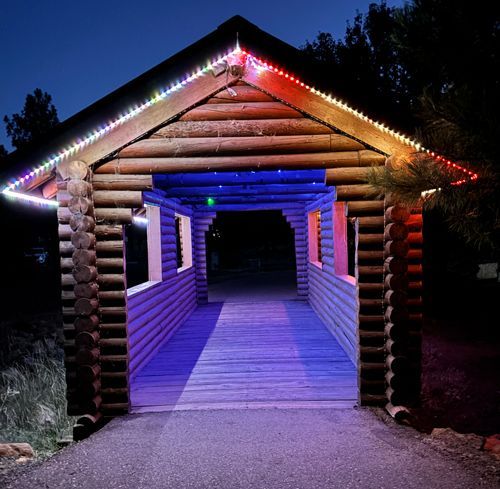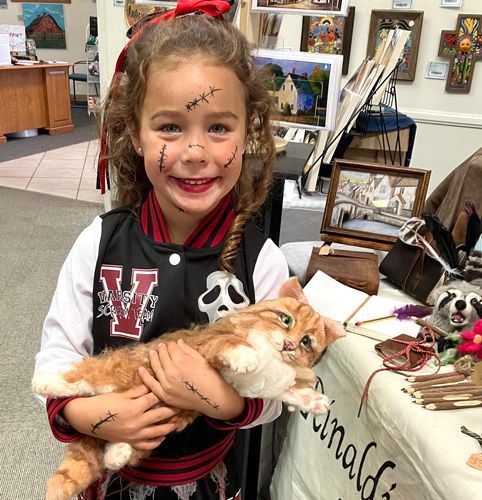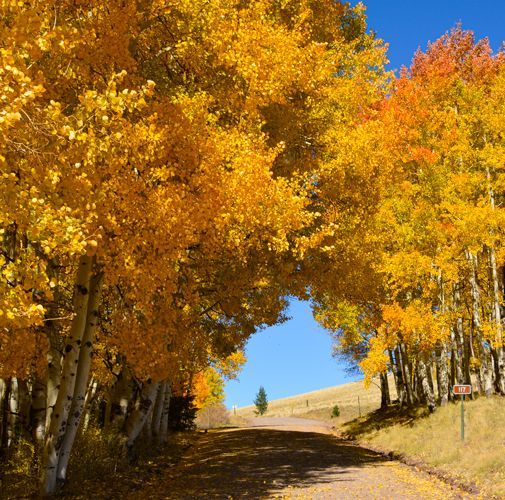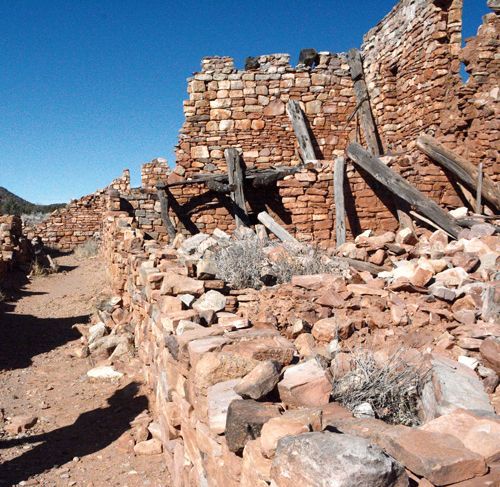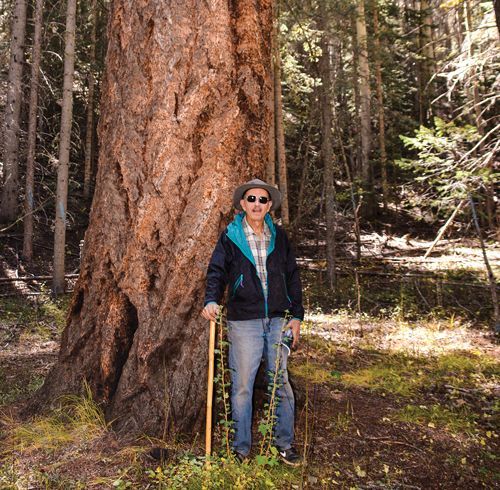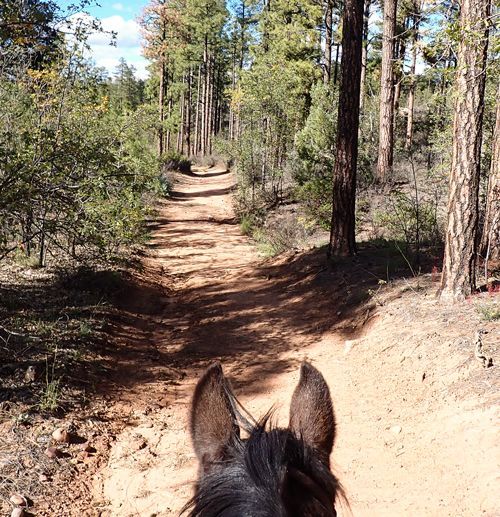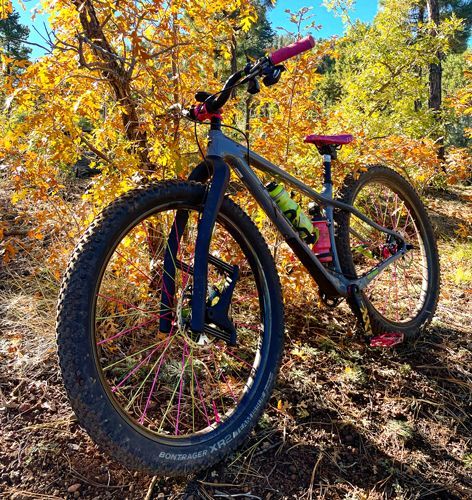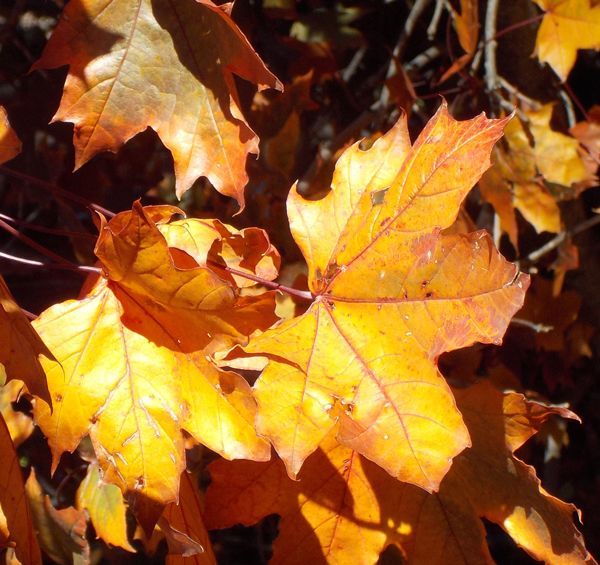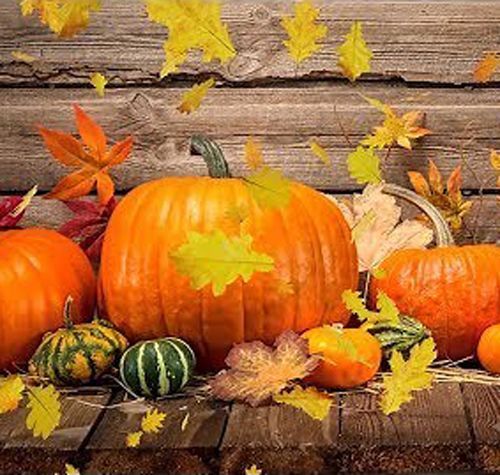The Verde River is clearly a testament to the fact
that water exists in the arid West

Photos & article by Rob Bettaso
When I recently met up with my cousin Barb and her husband Larry at a restaurant in Sedona, I was relieved that I easily recognized them in the restaurant’s crowded lobby. It had been over 20 years since our last visit, but, impressively; they looked essentially just like they had when I had last seen them.
After we exchanged the obligatory hugs and some quick small talk, a host appeared and took us out to our reserved table on a back patio that overlooked Oak Creek. Because the day’s weather was inclement, the restaurant’s outdoor space heaters were turned on full blast and it was warmer out on the patio than it was inside. We placed our orders (lunch for me and breakfast for my cousins) and before our food came, Larry had wrangled one of the wait-staff into taking a picture of the three of us using Larry’s camera. Actually, this was no minor accomplishment, as, not only did the restaurant have its heaters on, but it had also kept the heavy, transparent plastic curtains lashed down and the server was not keen on taking the time to undo the somewhat elaborate arrangement. But, Larry is a very persuasive type of guy (his long career had involved insurance sales to corporate customers) and so, before long, there the three of us were: posing with arms draped over each other shoulders and with lovely Oak Creek down and behind us as we leaned against the second story patio’s railing.
We returned to our table and while we waited for food; we exchanged updates on our lives with mine including stories about my trip from Lakeside to our current location here in the restaurant; which, I will now note, was not actually called a restaurant, nor a bar and grill, nor a diner — no, this was ritzy Sedona, so it was naturally called a bistro…. I continued with my trip account and mentioned to my cousins that only yesterday morning I had decided that instead of making a one day rocket-run just for lunch in Sedona (some 180 miles from my home), that I would leave a day early, and had therefore camped out near the Verde River last night. This, I hoped, would somewhat explain my grubby appearance.
Our food arrived, and I continued my story; telling my cousins (and now you too, kind readers) about the many leisurely stops I made between Show Low and Strawberry, Arizona. At each of these stops, I took short hikes to stretch my legs and look for birds. I suppose I could say that I was looking for any sort of wildlife, but, given that it was the season for early migration, I was primarily hoping to locate rare birds. The birding was good, but not great, and virtually all I saw in that Show Low to Strawberry stretch were common species — beautiful and interesting birds, to be sure, but nonetheless, common.
When I had dropped down off the Mogollon Rim and into the Verde Valley, I began to pick up birds that are not often found in our higher elevations, but which are routinely seen in the lower, mesquite country — species such as Lucy’s Warbler, Abert’s Towhee, Bridled Titmouse, and Northern Cardinal. The latter species has always intrigued me in terms of its distribution; mostly because this stunning red bird was a familiar occupant of both the backyards and the wildlands where I grew up in Michigan. Interestingly, over the last century or so, the cardinal has been expanding its U.S. range further west. Oddly, in Arizona, we see cardinals more frequently in the arid lands than in the greener mountainous portions of our state — which is curious given the fact that back east, the species is a creature of lushly green habitats and one might think that as the cardinal colonized the West, it would have focused on green habitats like those in its homeland, and not in the significantly more alien terrain of our deserts. Then again, wherever one finds the cardinal, it is generally not too far from some sort of water.
The Verde River is clearly a testament to the fact that water exists in the arid West. Unfortunately, the Verde River is imperiled due to the wants and needs of our ever-burgeoning human population. But, I get ahead of myself; as, before I came within sight of the Verde River, I made my first arid-land stop at West Clear Creek (WCC) — east of the town of Camp Verde. WCC, a tributary to the Verde, is a stream I know fairly well, since on many occasions I have hiked, camped, and backpacked near its shores. During my career as a fisheries biologist, I had also done a fair amount of research on the fishes of not only WCC but also the mainstem Verde River, and many of its other tributaries.
After I finished a few hours of hiking and birding along WCC, the day was growing late and so I decided I had better find my night’s camp. I drove along the dirt roads of the Coconino National Forest and, just before it got dark, I found a scenic spot in the middle of nowhere and set up my cot. After a quick dinner (cold canned soup, yum) I laid out my sleeping bag on the cot, got in, and fell fast asleep. Off and on during the night, I awoke to the unnerving sounds of an increasing wind; a cold-front was coming into the valley and tomorrow would be unsettled.
In the morning, I fought the wind while packing up my camp and then drove to a second tributary of the Verde River, Walker Creek. After exploring this classic Arizona riparian stream, I returned to my truck and continued on my way. Before long I came upon a sign for a site I didn’t remember from my long-ago travels in this country: it was the V Bar V Ranch (which is now incorporated into the Coconino National Forest’s Crane Petroglyph Heritage Site). I figured I might as well check out the area and was soon impressed to learn that the old ranch had been preserved to protect an incredible array of petroglyphs that had been made by the Sinagua people in pre-Columbian times.
As I hiked through the Heritage Site grounds, I finally saw a rare bird: the Olive Warbler. In fact, I saw two of them, both males and therefore, both resplendent with tawny-orange heads, black facemasks, and double white wing-bars on greenish-gray bodies. Knowing a bit about this bird’s habitat preferences, I assumed this pair were migrating and would eventually find themselves back in the higher coniferous country in which they typically nest during their breeding season. Of course, first, they would each need to find mates.
After making one last stop, this time at Wet Beaver Creek (and yes, there is also a Dry Beaver Creek), I concluded my morning by driving the remaining 30 or so miles up in elevation and into the red-rock country of Sedona. Not surprisingly, as soon as I arrived at the outskirts of Sedona, I knew that time had not been kind to this exquisite locale. Settlement and population growth had turned the once quaint area into a very trendy and hectic playground for the Uber-rich. But, I always knew it would be so, as, the last time I had been here, 30 or more years ago, it was already well on its way.
At this point, I have circled back to my visit with Barb and Larry, and, as we finished up our lunch and said our good-byes, I contemplated my next move. I had intentionally kept my plans vague since I knew the weather was going to be fickle during this 1 to 3-day trip. The day was still wet and windy and so I decided that rather than go hiking up in the higher elevations of the Sedona area, I would drop back down toward the Verde Valley and do some hiking/birding at two of the Game and Fish hatcheries that are a few miles from the town of Cottonwood, Arizona.
Both the Bubbling Ponds Hatchery and the Page Springs Hatchery grow sport fishes for stocking in many parts of the state. Bubbling Ponds also has a research facility on the grounds that conducts studies on the propagation and rearing of small native fish species including two types of minnows: the tin-foil scaled Spikedace and the gaudy orange, black, and cream-colored Loach-minnow. Many people may not realize that the world of fishes is every bit as rich in gorgeous specimens as is the world of birds.
And, speaking of birds, I spent at least two hours hiking the hatchery grounds near and along Oak Creek, where the bird watching is always amazing. Later, I stopped by the offices of both Bubbling Ponds and Page Springs and was very grateful to find that several of the fisheries biologists that I used to work with were still on-the-job and doing great things at these two facilities. I have always deeply respected these hard-working folks, and I can’t really describe the boost it gave me to re-connect with them again (albeit briefly) and see that they were all doing so very well.
But, the afternoon was winding down and no matter where I was headed, I knew I had better get back on the road. I drove through tiny McGuireville; merged onto the interstate briefly before exiting at Camp Verde; and, by the time I passed the turnoff that would have once again taken me to WCC, the weather was turning from cold and windy to cold, windy, and rainy. So, then, and there, I decided I would rather head home and sleep in my warm bed rather than face both wind and rain during a second night of camping.
The drive home turned out to be hellish, as once I got to the higher elevations, the rain turned to snow and I drove the last two hours through the darkness with snowflakes madly swirling in the beams of the headlights. Luckily, no elk leapt onto the highway and my trip wound down safely. However, when I stepped into my house, I realized how stressed and exhausted I was, and so, after a hot shower, I opted to skip what would have been a very late dinner and went straight to bed. Fortunately, that night, instead of having nightmares about driving endlessly on dark snowy roads, I dreamt of hiking along clear streams alive with brightly colored fishes and watching lushly plumed songbirds flit up above in the green canopy of cottonwood and sycamore trees.
When I awoke the next morning, I was happy to hear a robin singing in the dim, dawn light. Despite the snow of yesterday’s drive, I took heart in the fact that the days were growing longer and warmer. Soon, I might even see a nesting pair of Olive Warblers in some nearby pine/fir forest.

